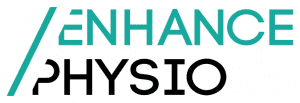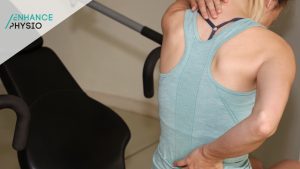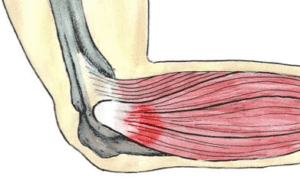What is Sever’s Disease?
Sever’s disease is a condition that causes pain in the heel of children and adolescents. While it can be quite painful, it is a self-limiting condition that doesn’t usually cause any long-term problems. Sever’s disease is quite common and is the leading cause of heel pain in children and young adolescents.
Also known as calcaneal apophysitis, Sever’s disease is an inflammation of the growth plate of the heel. A growth plate is the area of bone where new bone is produced in the growing skeleton and is often weaker than other bony areas. Repeated or excessive stress on this area can cause it to become inflamed and painful.
Sever’s Disease Symptoms
Children might complain of heel pain that is worse when walking, running or jumping. This may be present following an increase in activity or after a growth spurt. Pain may also be felt when walking on heels.
What Causes Sever’s Disease and How Does It Happen?
The Achilles tendon attaches to the back of the heel, just next to the growth plate and puts force through this area during gait. If this force becomes too great, this growth plate can become irritated, starting a painful inflammatory process.
While increased activity is a predisposing factor, other things may also contribute, such as; reduced movement of the ankle, abnormal foot movements when walking and tight calf muscles. It is also possible that Sever’s disease will appear with no apparent cause.
Physiotherapy for Sever’s Disease
While this is a self-limiting disorder that will go away on its own as the skeletal system completes growth, it can be quite painful and this may impact your child’s activity levels and gait pattern.
To prevent any long-term issues from adaptations or changes in activity levels, your physiotherapist can work with your child to find solutions that allow maximum movement with minimum pain. Most of the time, simple education and relative rest or ceasing of aggravating activities are effective, however, recent studies have found that properly fitted orthotics can help reduce pain while maintaining activity. Physiotherapists can also address any factors, which may have caused excess stress in this region, such as abnormally tight muscles or poor gait patterns. They can also advise of pain-relieving treatments and alternative forms of exercise if necessary. For more information on Physiotherapy for Sever’s Disease, you may speak to your physiotherapist.





